
To begin, your screen should look like this:
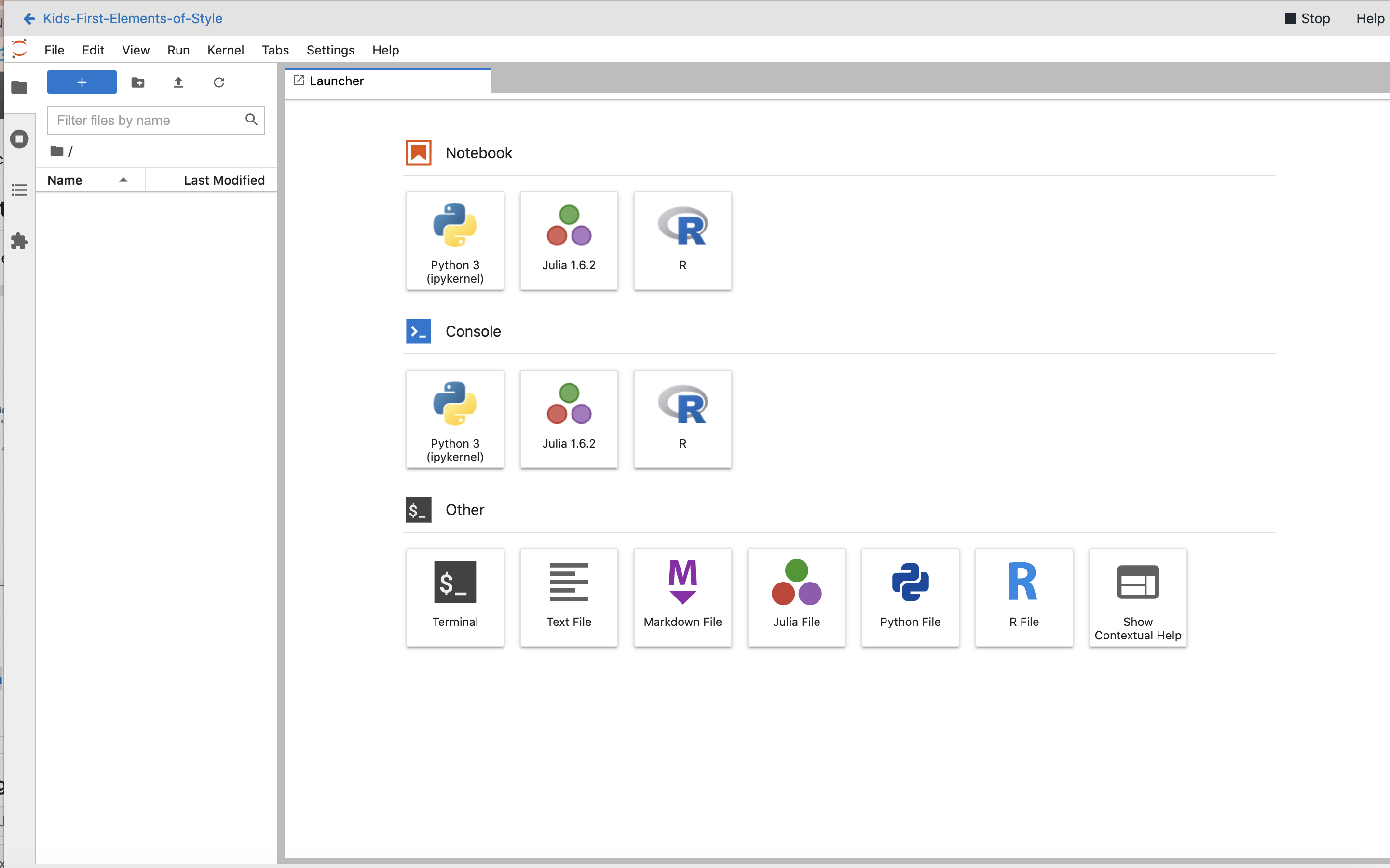
This is a JupyterLab environment. Project Jupyter is a non-profit, open-source project, born out of the IPython Project in 2014 as it evolved to support interactive data science and scientific computing across all programming languages. Jupyter will always be 100% open-source software, free for all to use and released under the liberal terms of the modified BSD license.
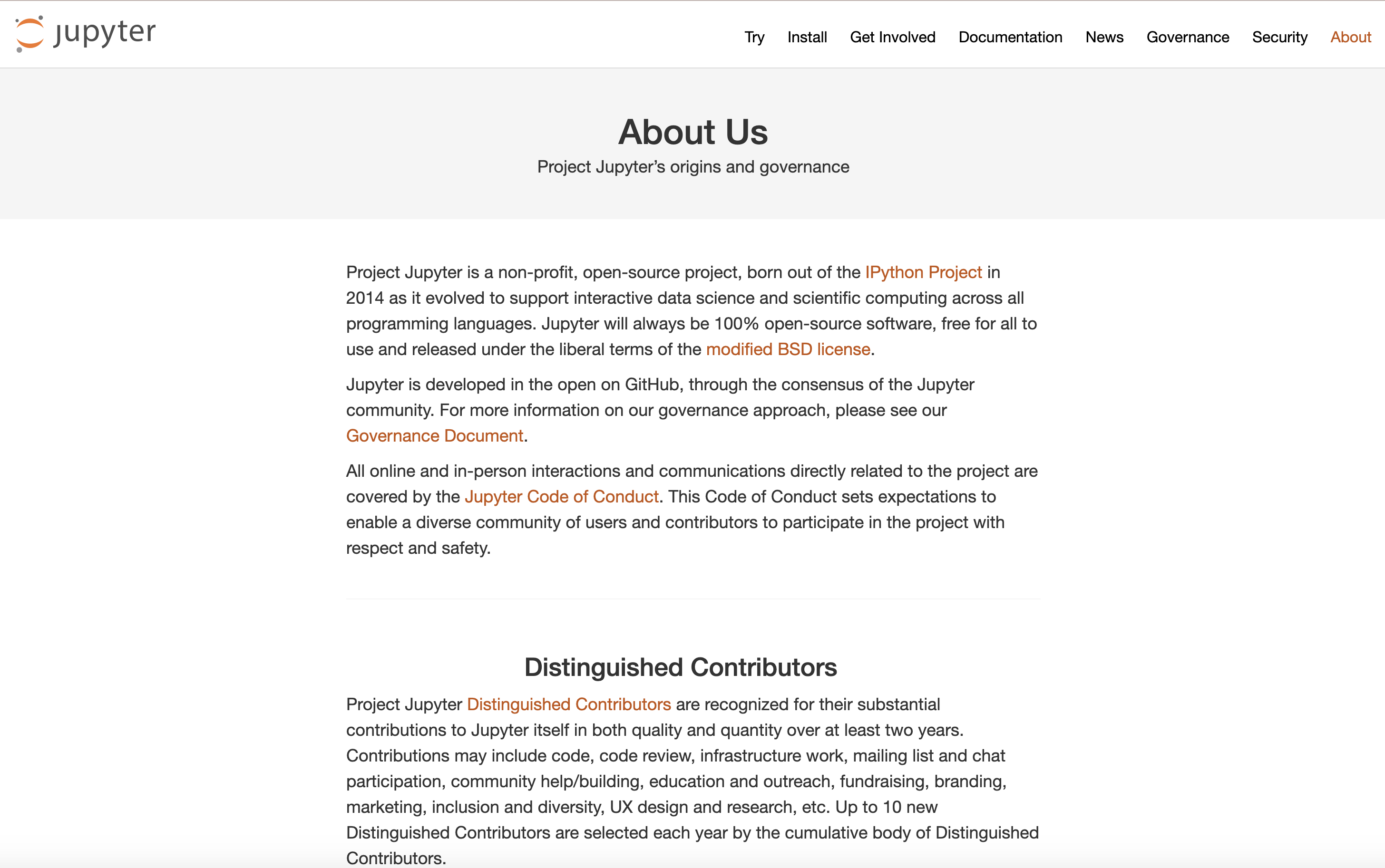
I encourage you to explore Project Jupyter and understand the directions they are going in and how they support open, transparent, re-purposeable and literate programming.
The JupyterLab Notebook environment supports at this point 40 languages, in kernels, providing a flexible way to achieve not only the ends of what we are trying to do with analysis, but in a well documented, clear and literate manner.
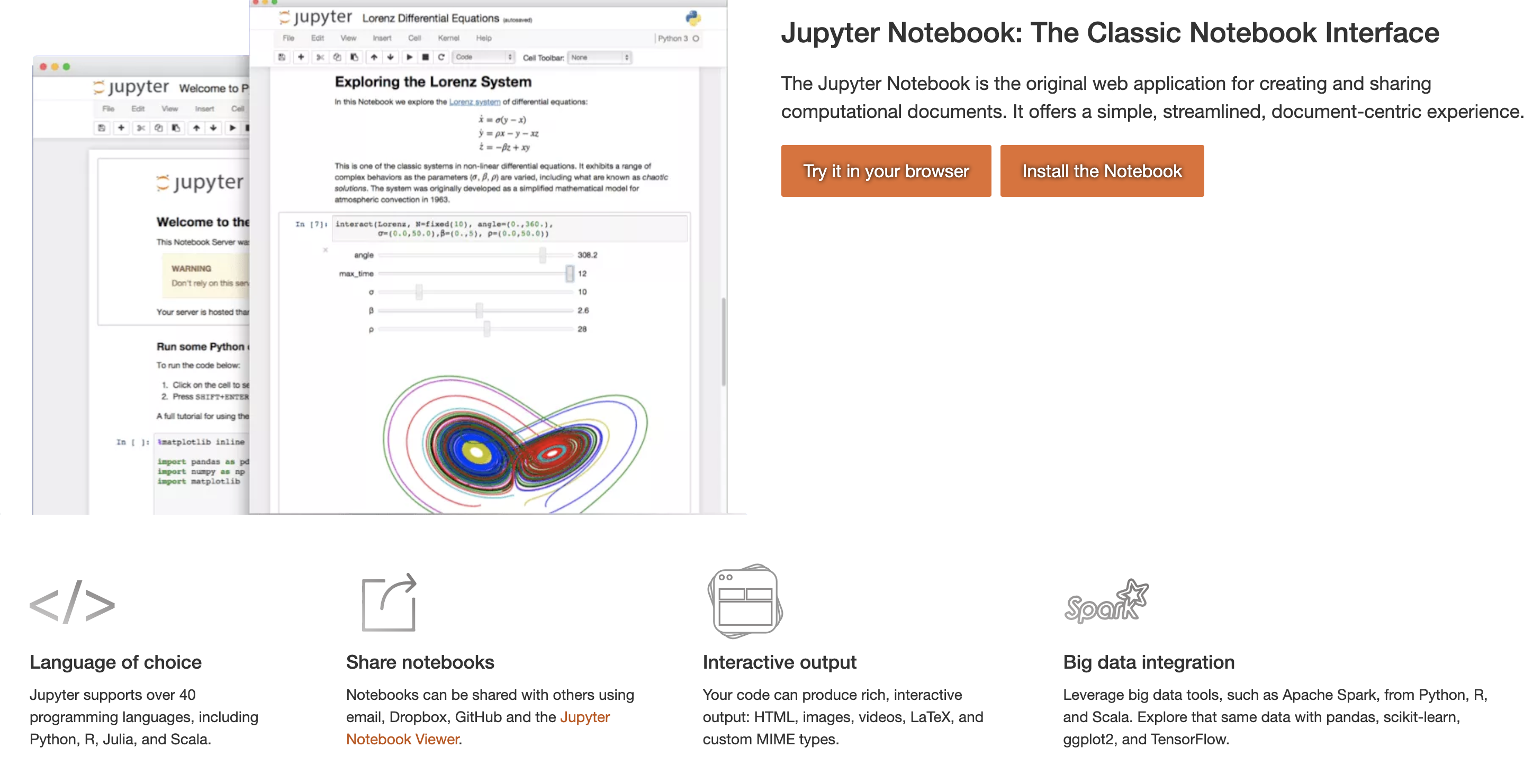
Now that we are at the terminal window, we need to bring our lesson in hand -- and to do that, we are going to begin with forking our GitHub repository.
Clone a GitHub Repository
We are going to clone a GitHub repository - to do so navigate in your browser to Example Volcano Plot Notebook
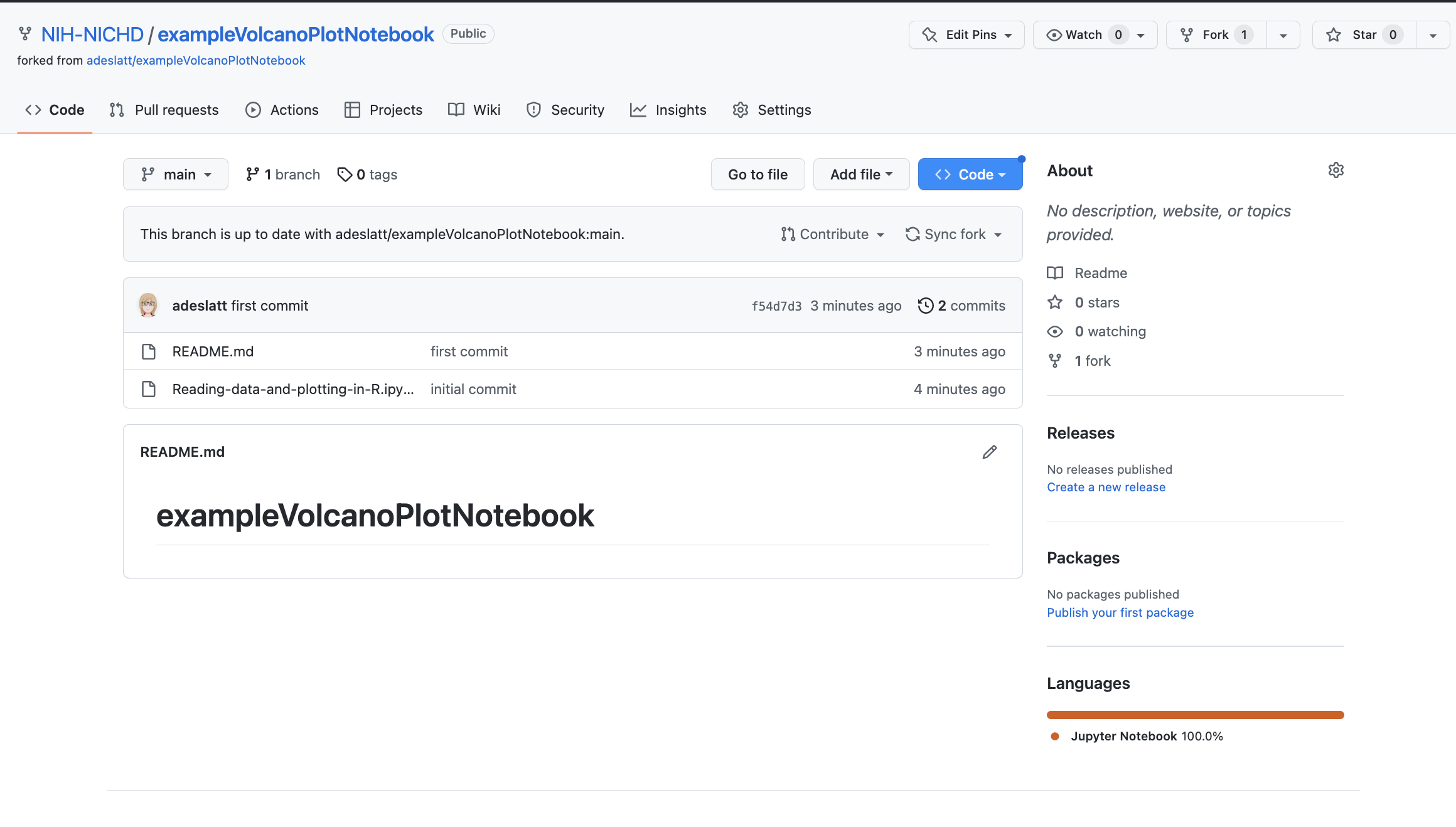
Copy the Link to Clone the repository
Next, navigate to the 🟦Code button on the right and select HTTPS and copy the link.
Clone the repository in the Jupyterlab terminal window
Return to your CAVATICA Window and go back to your JupyterLab notebook.
And select the terminal window
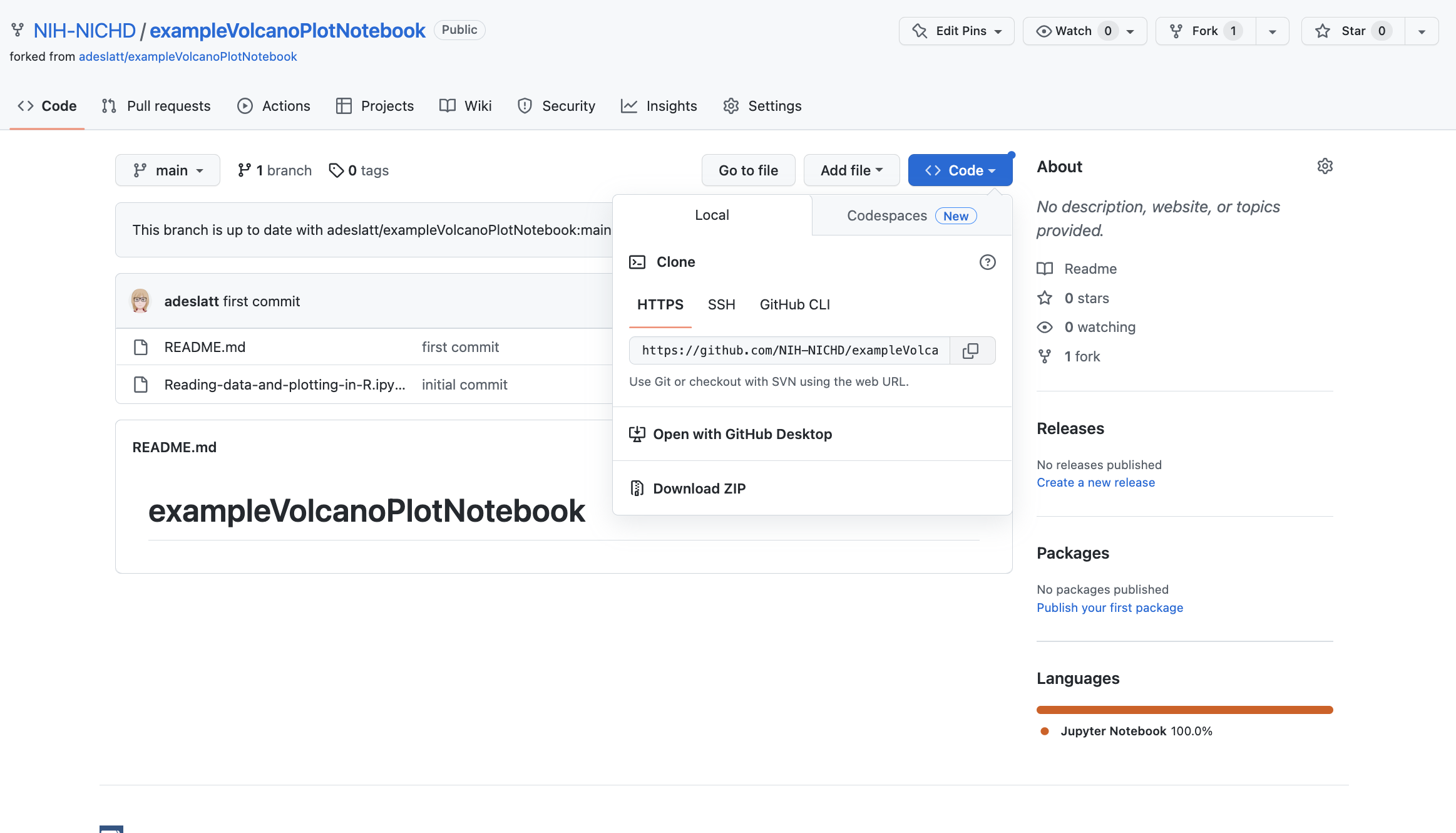
Now we want to clone the repository fork we made:
At the prompt type:
git clone https://github.com/NIH-NICHD/exampleVolcanoPlotNotebook.git
Now let's use our cd command to change into the appropriate directory.
cd exampleVolcanoPlotNotebook
Recap
In this lesson:
* We logged into CAVATICA
* We started an interactive analysis with JupyterLab
* We authenticated with GitHub
* We executed and saw some Command Line Functions
* We generated a Volcano Plot in a JupyterLab notebook running an R kernel
Additional resources:
- CAVATICA documentation for the JupyterLab interface: https://docs.cavatica.org/docs/editor-quick-reference
- Official documentation from project JupyterLab: https://jupyterlab.readthedocs.io/en/stable/